Cubs bench players enjoying first-hand look as team chases historic finish

CHICAGO—A little after 3:30 p.m. on Monday, Tim Federowicz sat at his stall in Wrigley Field’s home clubhouse, scrolling through his phone. He had a few minutes to spare before a 3:45 team meeting at the batting cage under a warm September sun, during which manager Joe Maddon would remind his Cubs to use the remainder of the regular season to work on shortcomings and burnish any rough edges before a potentially historic playoff run. Attendance was compulsory for anyone with a nameplate above his locker. That included the reserve catcher with 27 plate appearances all year—a guy who hadn’t taken a swing in a major league game since June 12.
Being an ancillary character in whatever story the Cubs are writing is, naturally, something different than being a role player most anywhere else. Rarely do fourth catchers find themselves associated with the potential to end a 107-season World Series title drought. But being along for the ride is something different, too, than being a casual bystander. Federowicz has a role, and that role can earn him a piece of whatever the Cubs accomplish from here, and that means walking out to the cage to hear a message delivered to ascendant superstars and 28-year-old backups alike.
“We’re just a big family,” Federowicz said before the beginning of a three-game set with the Reds. “If we’re all in the locker room or in the cafeteria before the game, we don’t really talk much about who’s playing, who’s not playing, why they’re not playing. We just kind of go about our days. The guys that are playing get ready to play the game and the guys that aren’t get their work in early and try to stay out of their way. That’s the way it goes.”
The best team in baseball has multiple Cy Young Award and MVP candidates driving the train toward the postseason. The view from the caboose is not all bad, either, for the various supplementary talents and end-of-season callups on the Cubs’ roster. The challenge for them is to remain mentally engaged for whatever drama may come, even if the chance of their being needed to play a crucial part is fairly remote.
“All my career I’ve been an everyday guy,” said Albert Almora, a 22-year-old outfielder and Chicago's first-round pick in 2012. He has appeared in 39 games this season. “Then you come here and you know your role, you know what you have to do to help the team win. That’s the thing. The constant is to win the game—you have to know your role and know what you’re going to do to help your team that day. That’s basically it.”
Almora said this fresh off his batting practice session as part of the last trio of Cubs to take their cuts. He, Federowicz and infielder Munenori Kawasaki finished up a little after 5 p.m., biding time while the regulars got their work in and then hustling through their swings as the Cincinnati Reds began trickling out of the visitors’ dugout for their warm-ups. But this is the trick, if there is one, to staying engaged: Dive headlong into a routine, and repeat it every day.
Hurting Harper among Nationals' concerns, but Washington still a threat to Cubs
For Almora, that means getting in his pregame work, whatever it may be, and then observing the first couple innings of game action. Then, when the third inning rolls around, he'll head to the new batting cages off the dugout and under the stands at Wrigley to swing the bat and get his hips loose. Once that’s done, it’s back to a seat on the bench to assess how that game is proceeding. “You come in here, you support your teammates, know what’s going on in the game, know what’s going on with the pitcher and how the game situations are unfolding,” he said. “You just have to keep yourself ready—keep your body ready, keep your mind ready.”
Federowicz’s mind, meanwhile, is occupied by the needs and tendencies of the Cubs’ own pitching staff. His routine usually involves an early arrival at the park and a visit to the weight room hours before first pitch, for weightlifting and running to preempt total inertia. Then it’s out to help the pitchers with bullpen sessions, or to do long tossing to keep his arm ready. “During the game, I usually go down to the bullpen and get as acclimated as possible with the bullpen guys,” he said. “At this point, my only role would be late in the game, if something were to happen. So I have to be ready to go in. I need to know these bullpen guys.”
It is, he readily concedes, a lot of down time. But it just can’t be idle time, or time spent concerned with playing.
“You have to embrace it,” Federowicz said. “That’s the biggest thing. You can’t get upset if you’re not in there. It could be weeks at a time.”
How a Cardinals fan learned to stop worrying and love (well, not hate) the Cubs
That’s true for some. Others are effectively on guard for whatever mad scientist machinations Maddon may muster on a given day. “You never know with Joe,” said Chris Coghlan, the eight-year veteran acquired in June in a trade with the A’s (and a member of last year's Cubs team). Coghlan doesn’t have to probe deep in his memory for cases in point. On Sept. 5, he trotted out to rightfield after pinch-hitting. The next day, he pinch hit and played third base. On Sept. 16, Coghlan was in the lineup as the starting first baseman. The next day, he started again, only in leftfield. “[Maddon] does a good job communicating that, but you also know to just be ready,” Coghlan said. “He trusts you, but you have to prepare yourself. It’s real easy to say, let me take a couple grounders, a couple fly balls, and feel like nobody’s paying attention. But you know you can be a huge impact at any point.”
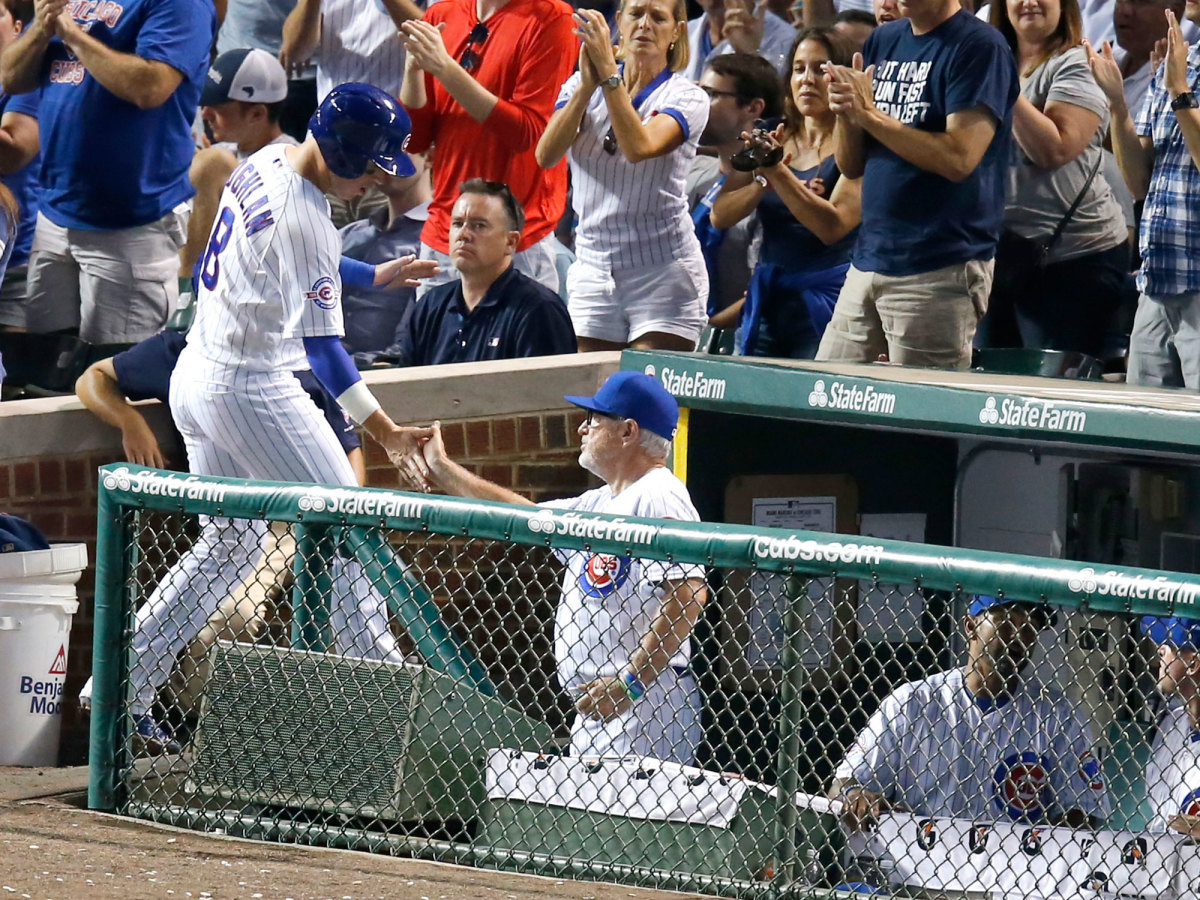
October's 25-man postseason roster is bound to squeeze out the fringe players who got a taste of this run in September. Maddon has a couple of weeks to figure out what he needs and where he needs it, which is why he stared at his lineup card following a 5–2 win over the Reds on Monday and just about listed every name on the roster while answering a question about what his role players will work on before the playoffs roll in.
Maddon said he gave infielder Tommy La Stella an at-bat off the bench as a way to help him stay engaged, and that catcher Miguel Montero was next in line. Outfielder Jorge Soler, currently day-to-day after suffering some tightness in his right side, needs at-bats when he returns. Maddon also said he’d look for opportunities to get Almora in games. He wants to give relievers Rob Zastryzny and Mike Montgomery work soon. He had a workload for Pedro Strop on his mind, once the righty reliever returns from a torn meniscus in his left knee. And so on.
Chicago Cubs All-Time Team
Catcher: Gabby Hartnett
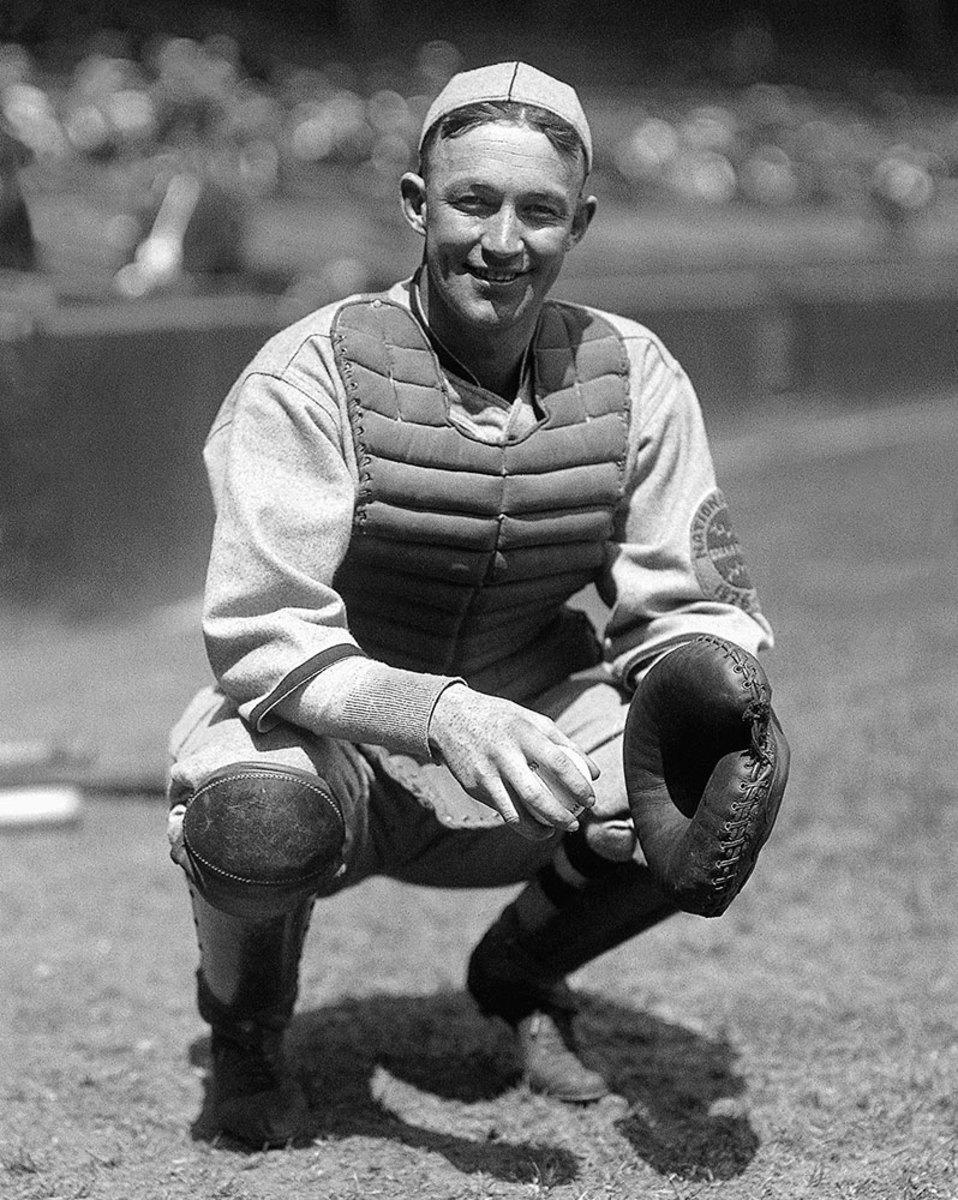
Until Mr. Cub came along, that was a moniker that would have suited Hartnett just fine. He’s still the franchise’s career leader among catchers in games played, at-bats, runs, hits, doubles, triples, home runs, RBIs, batting average, on-base percentage and slugging percentage. Hartnett was elected to the Hall of Fame in 1955.
First Baseman: Cap Anson
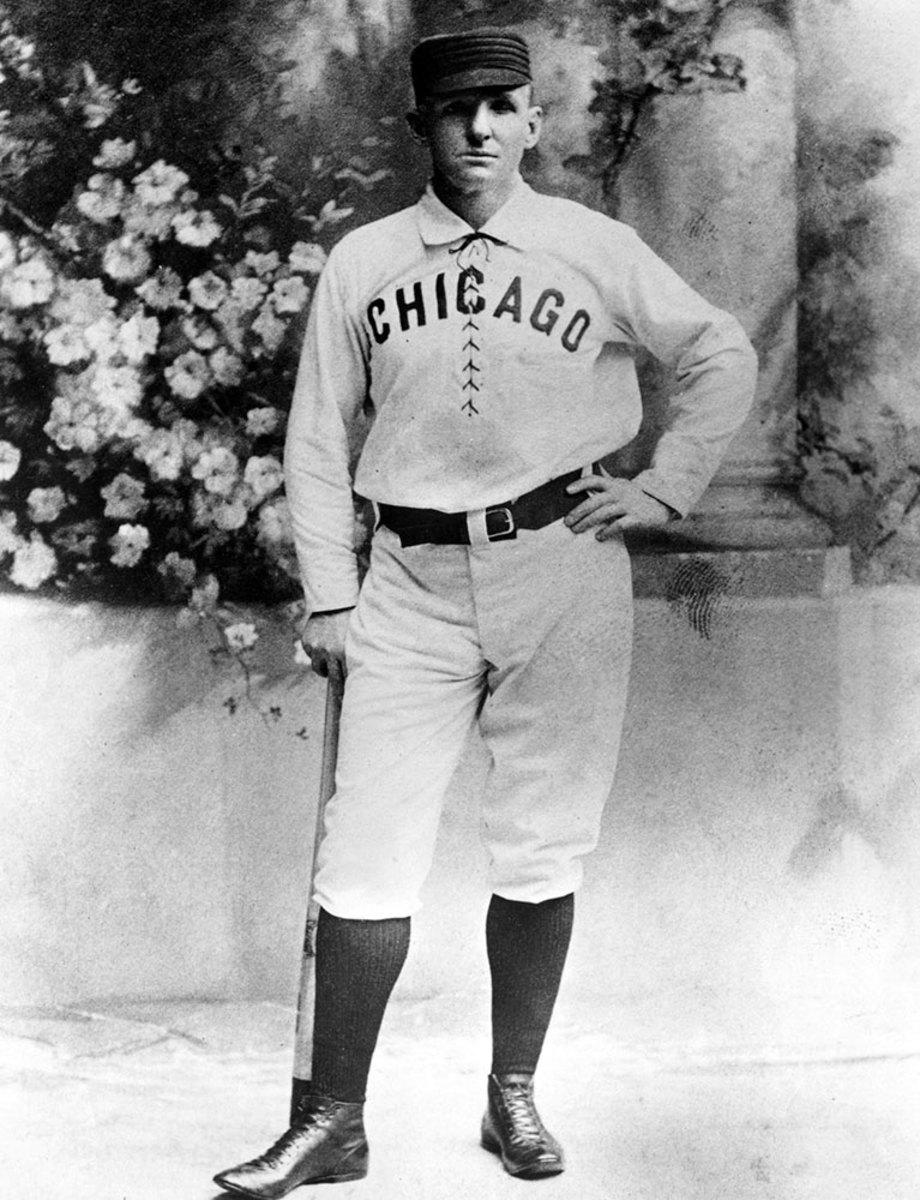
This may have been the most competitive position, and that’s without including Banks, who actually played more games at first base than he did at shortstop. Bill Buckner, Mark Grace and Derrek Lee from more recent decades are all intriguing candidates, but the choice is Anson, a Hall of Famer and 19th-century stalwart whose franchise marks for runs, hits, doubles, RBIs and batting average still stand.
Second Baseman: Ryne Sandberg
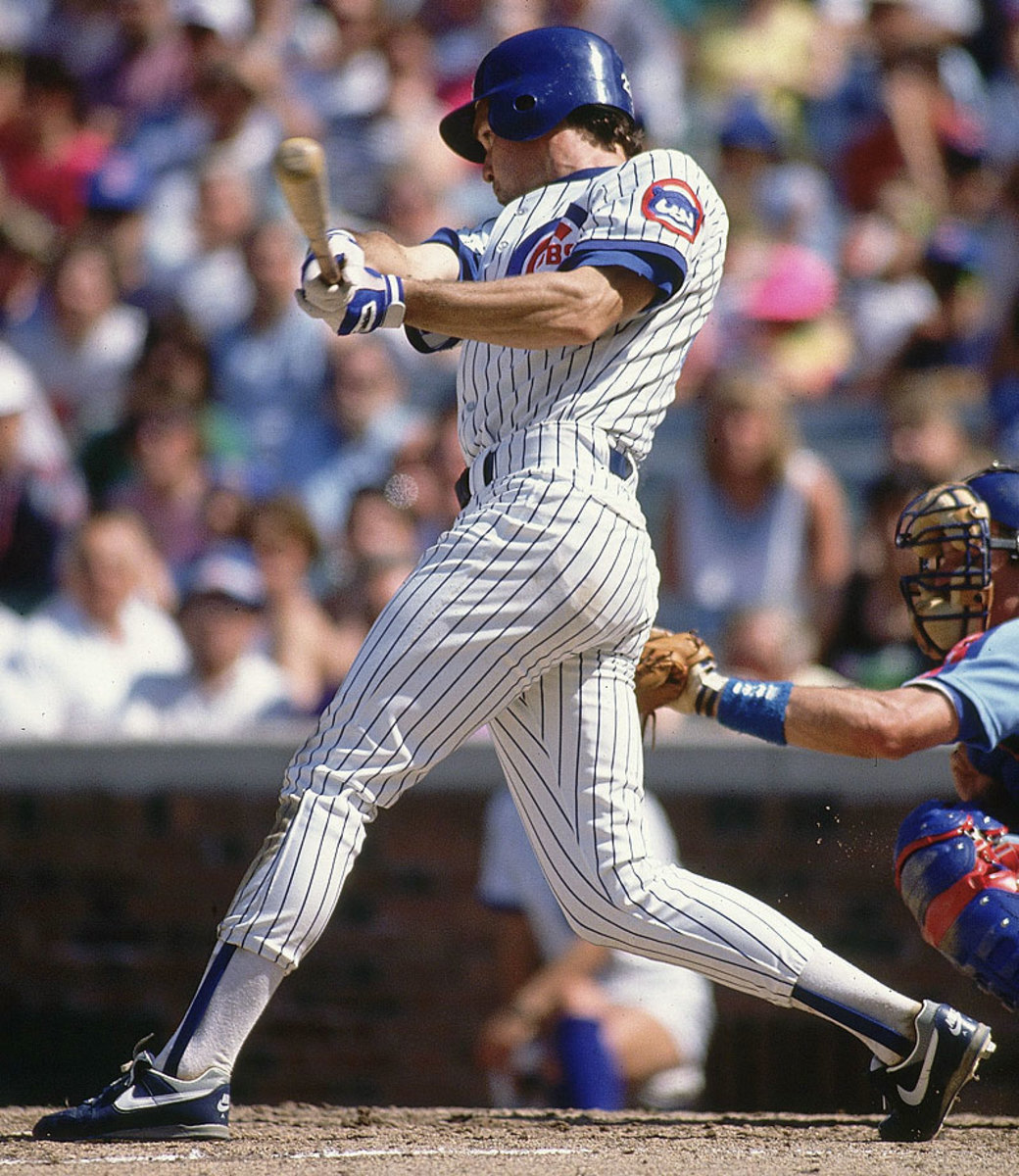
His 282 home runs are more than 200 better than the next-highest second-sacker, which is just one reason the Hall of Famer is an easy call at this spot. His 10 All-Star berths, nine Gold Gloves and MVP-winning season in 1984, when the Cubs reached the postseason for the first time since 1945, are nice bonuses.
Shortstop: Ernie Banks
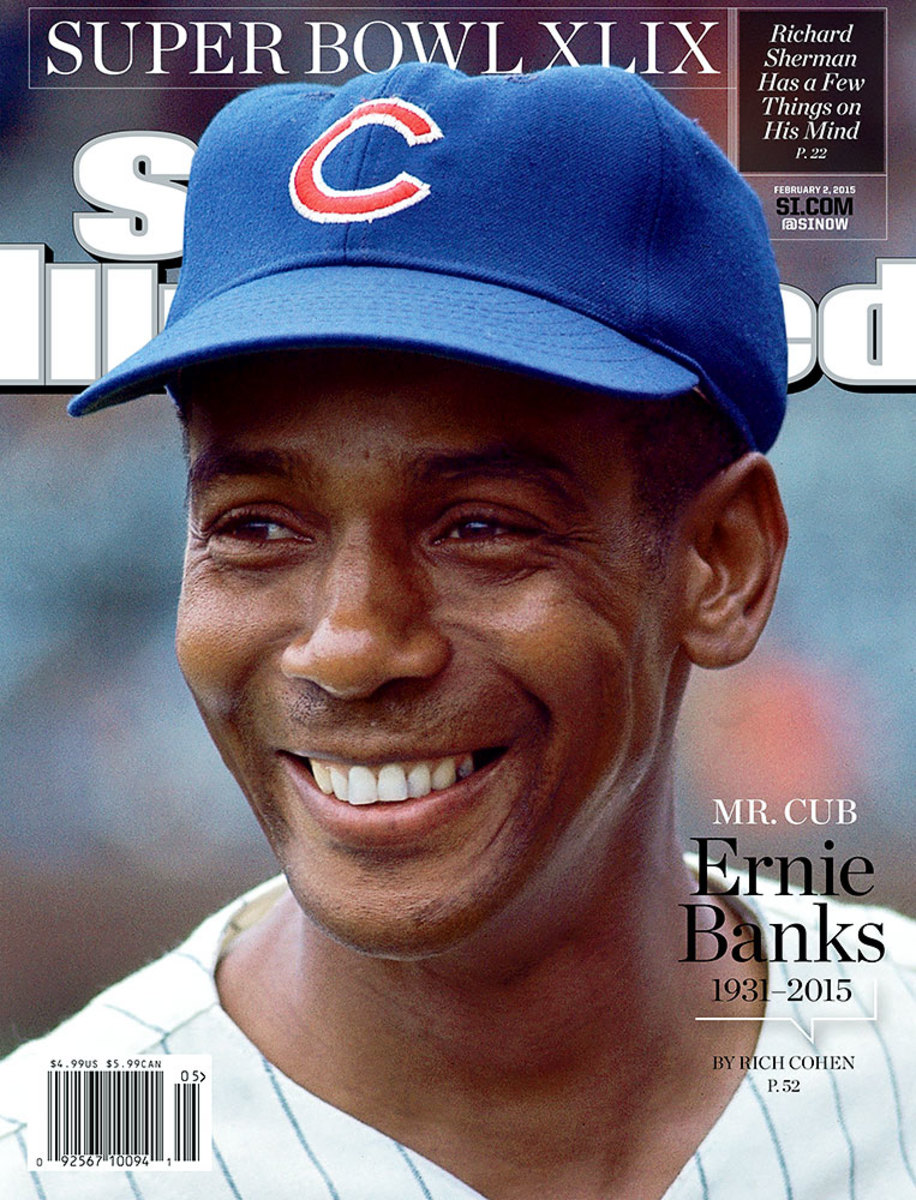
Banks won two MVPs and hit more than half his 512 career home runs while playing shortstop. He still ranks first in Cubs history in games, at-bats and heartbreak, for having played the most games in major league history without reaching the postseason.
Third Baseman: Ron Santo
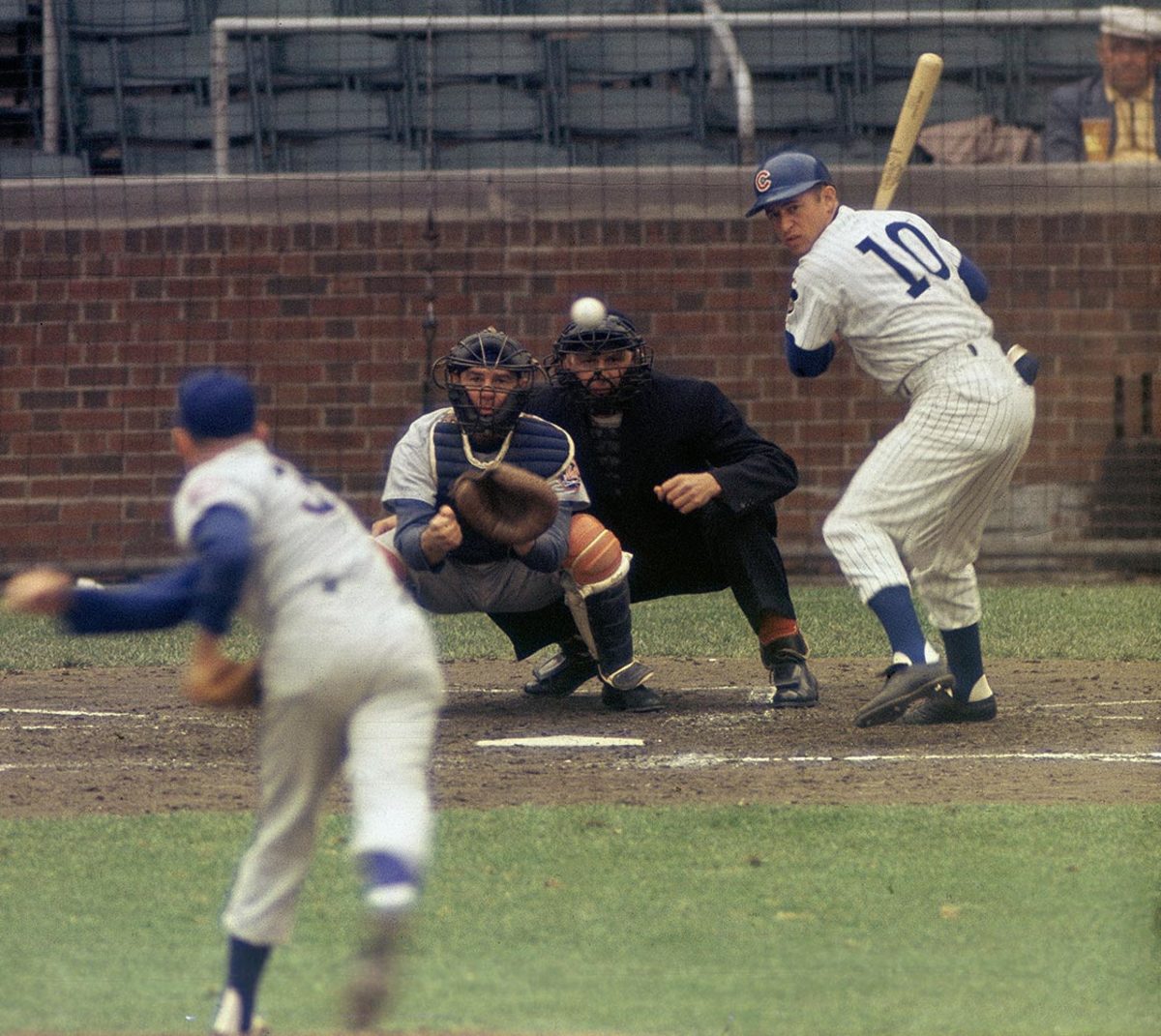
Controversially left out of the Hall of Fame until after he died at age 70 in 2010, Santo was a mainstay for 15 years in Chicago, from 1960 to ’74, making nine All-Star teams, winning five Gold Gloves and leading the league in walks four times.
Leftfielder: Billy Williams
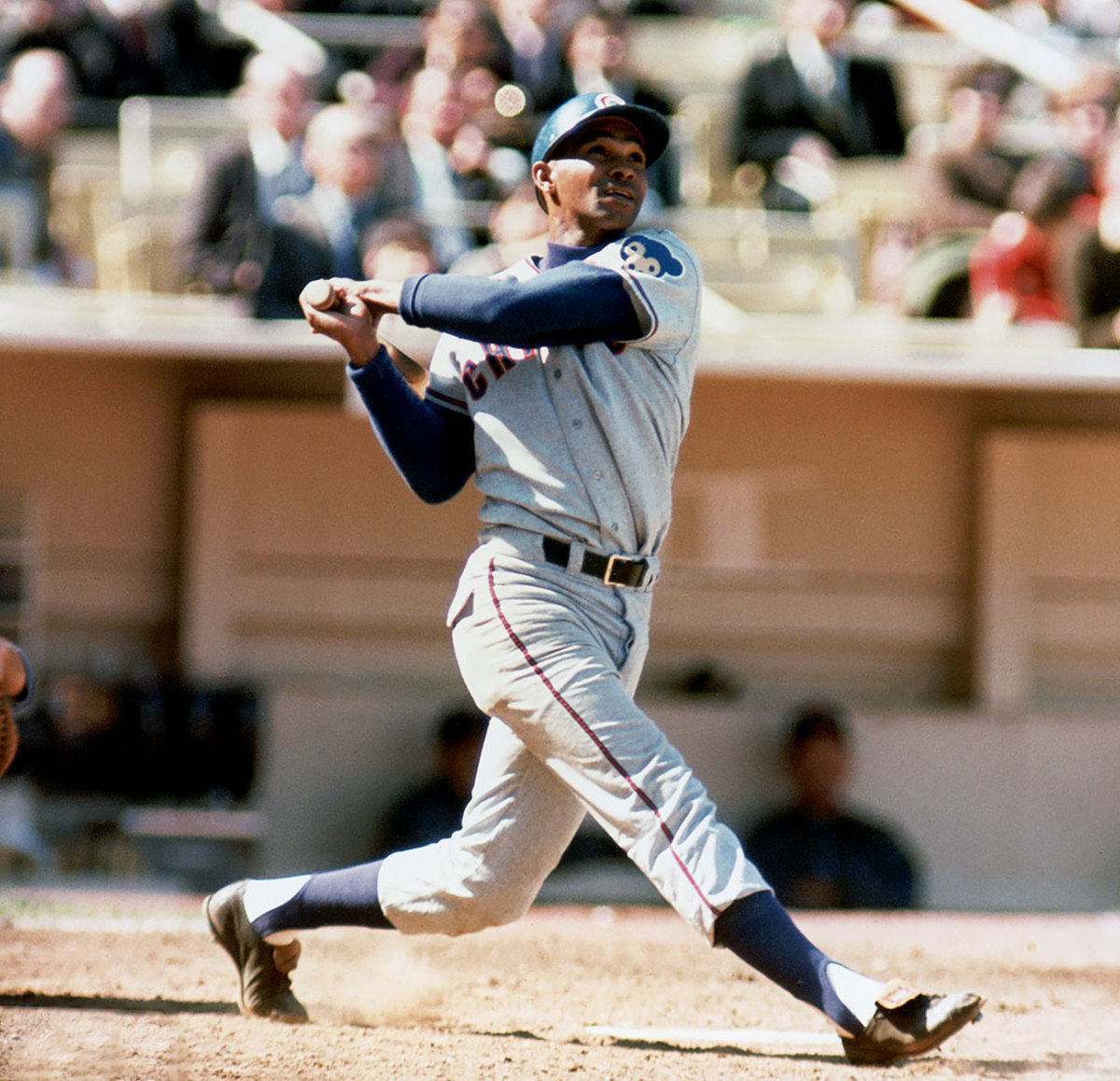
The 1961 NL Rookie of the Year hit .300 five times, made five All-Star teams and had a streak of 1,117 consecutive games played from 1963 to 1970 that still ranks as the sixth-longest in MLB history. Williams was elected to the Hall of Fame in 1987.
Centerfielder: Hack Wilson
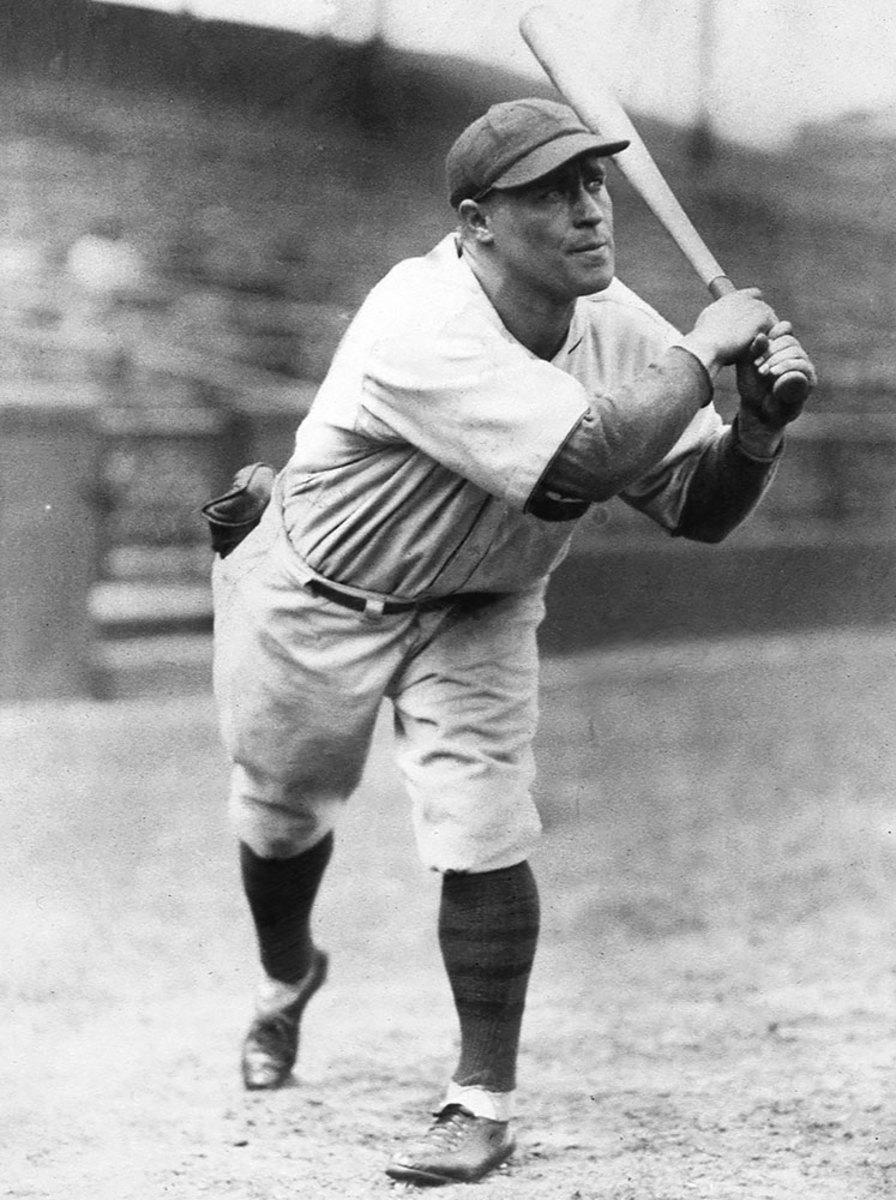
His 191 RBIs in 1930 remain the single-season major league record and came in a year in which he also hit 56 home runs and posted a 1.177 OPS. Though he only spent six years in Chicago, he is still the franchise leader in on-base percentage and slugging percentage. He made the Hall of Fame in 1979, 31 years after he died.
Rightfielder: Sammy Sosa
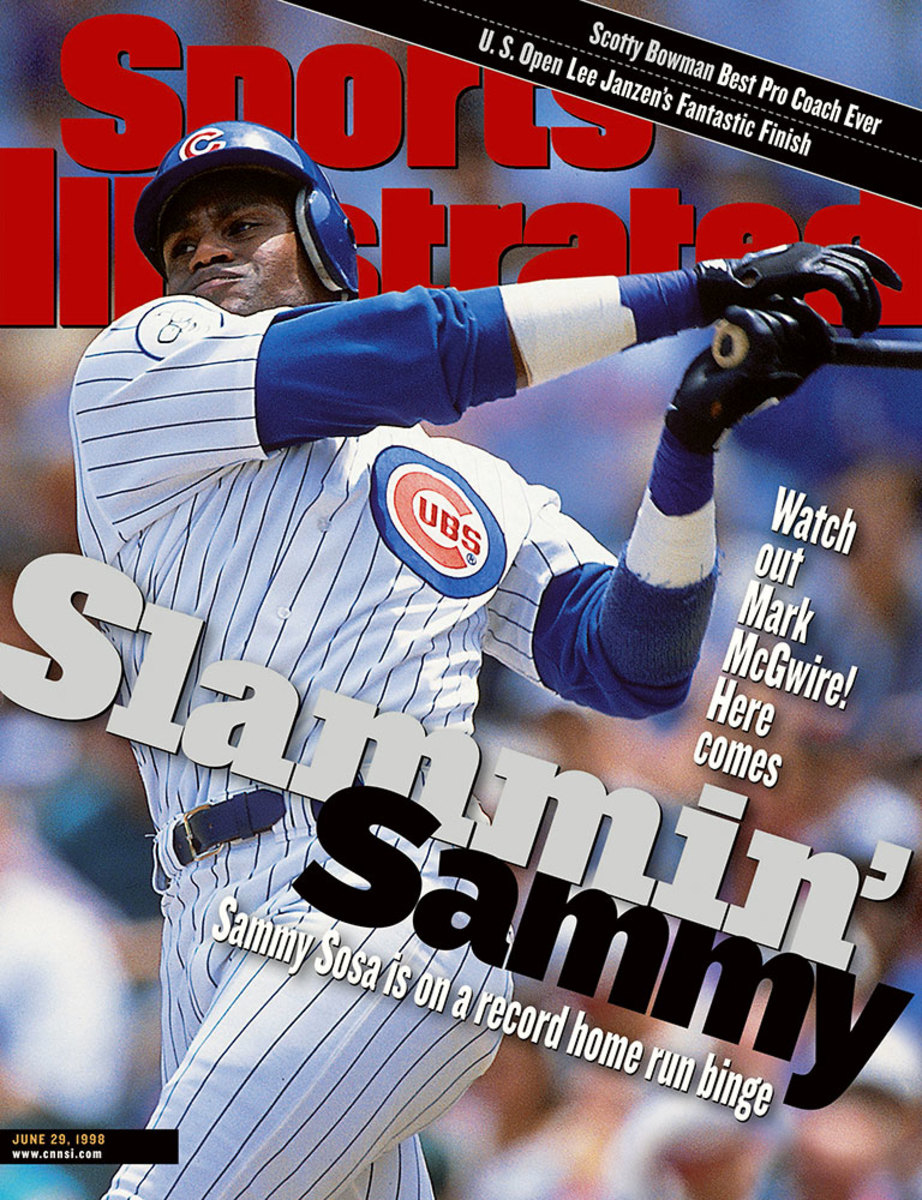
Corked bats and PED allegations aside, no player made Wrigley Field hop like Swingin’ Sammy. His absurd home run totals—including 66 in 1998, 63 in ’99 and 64 in 2001—overshadowed a well-rounded player who hit .300 four times and had seven straight years of 15 or more steals for the Cubs.
Starting Pitcher: Ferguson Jenkins
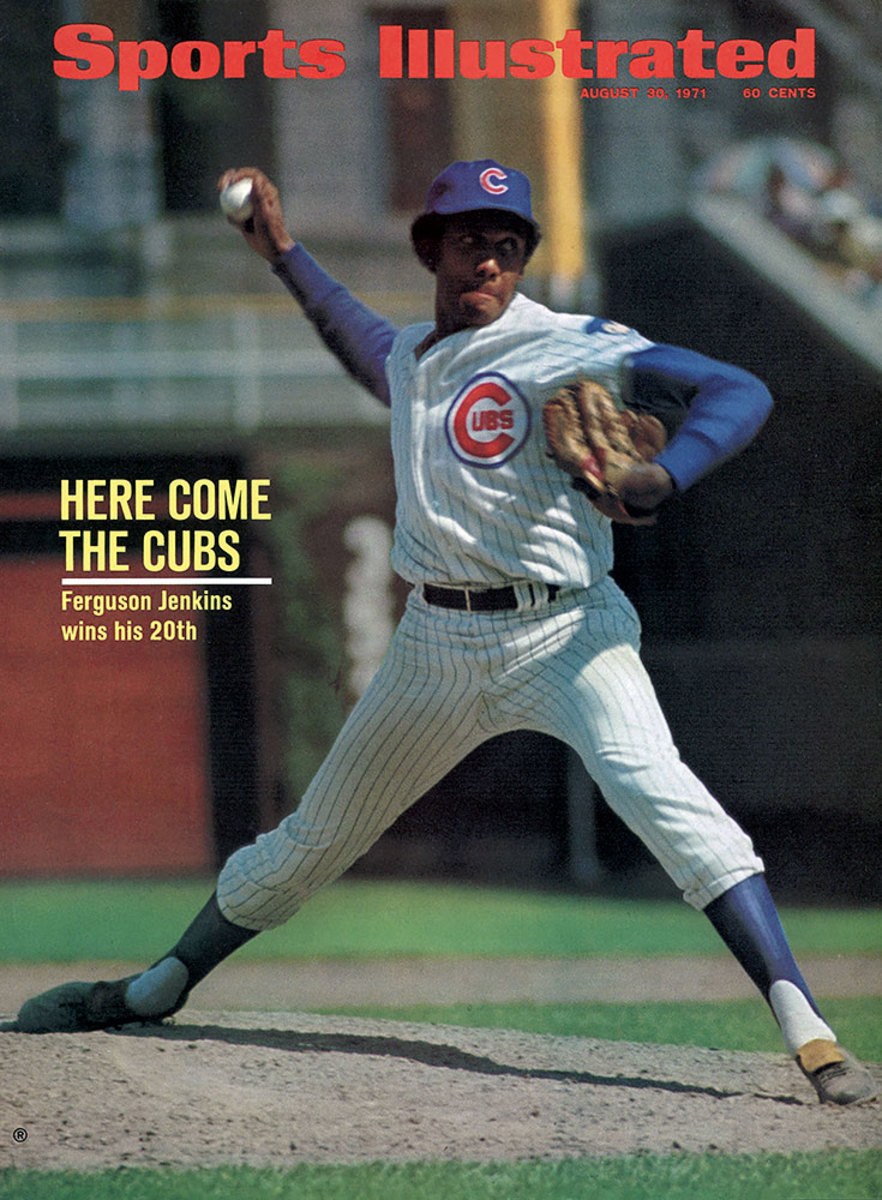
Jenkins arrived in a trade with the Phillies in 1966 at age 23 that soon became one of the most lopsided in baseball history. He won at least 20 games seven times and had five top-3 Cy Young finishes, including his win in 1971. He was elected to the Hall of Fame in 1991.
Starting Pitcher: Mordecai "Three Finger" Brown
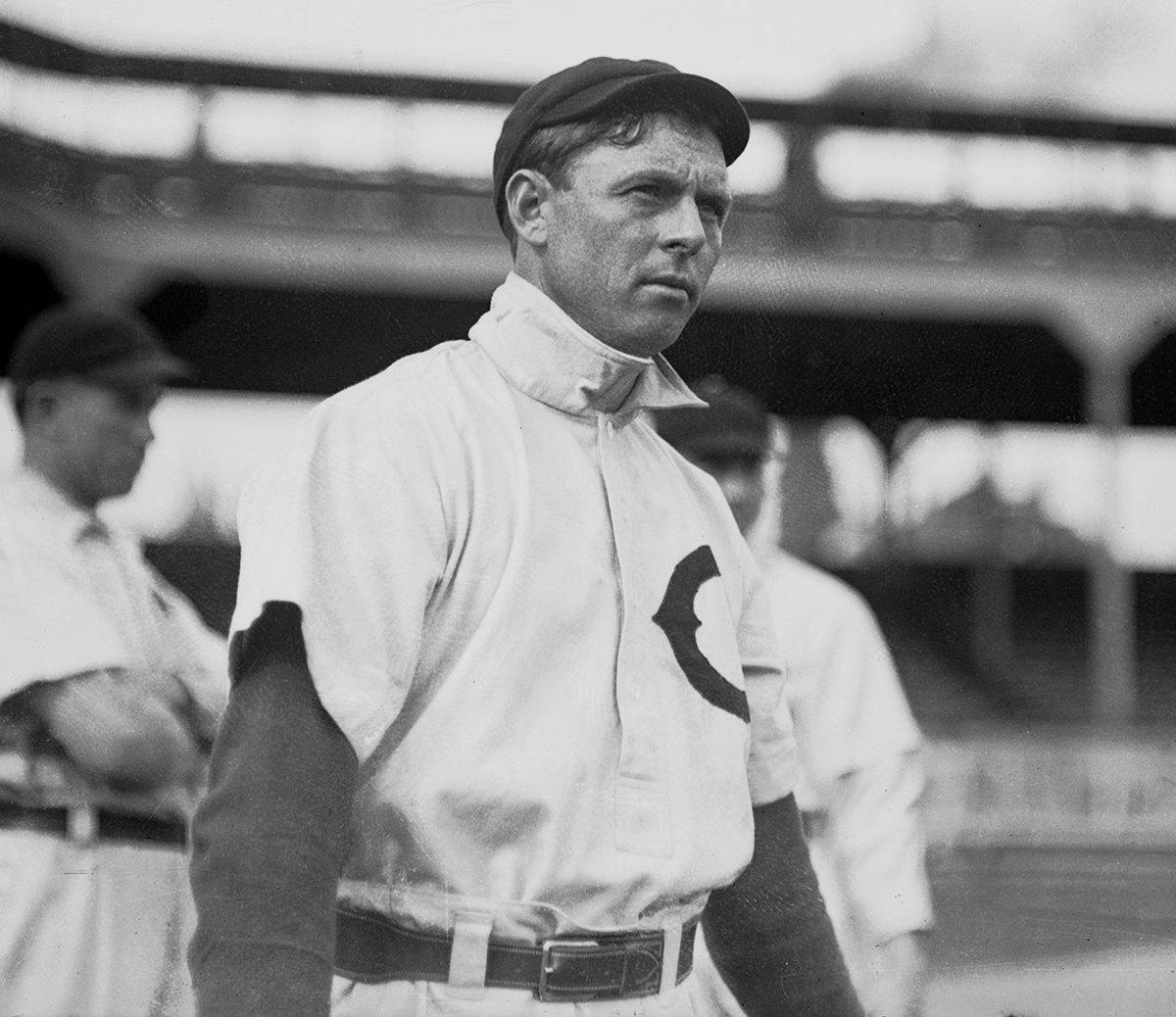
A childhood accident mangled his pitching hand but didn’t stop Mordecai Brown from winning 20 or more games six times, posting a sub-2.00 ERA six times (including 1.04 in 1906) or making the Hall of Fame.
Relief Pitcher: Bruce Sutter
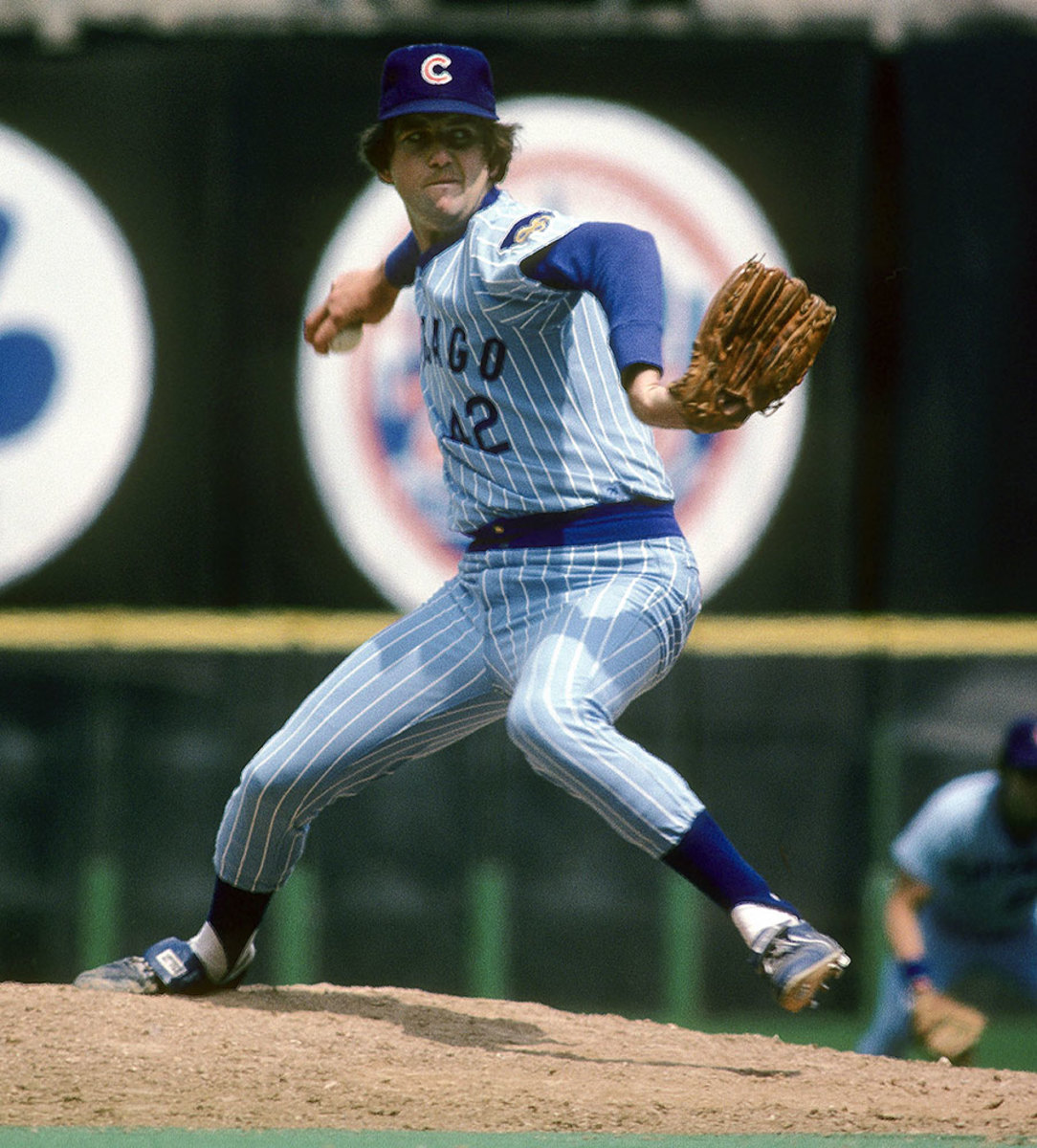
Though successor Lee Smith also had several standout seasons for the Cubs and holds the franchise saves record with 180, Sutter had the better career in Chicago, topping Smith in ERA (2.39 to 2.92), WHIP (1.05 to 1.25) and strikeout to walk ratio (3.32 to 2.44).
“These guys aren’t going to go wire-to-wire, the guys who started (Monday),” Maddon said. “Just think spring training. That’s the position we’re in. At some point we’re going to have to script the starting pitchers and (tell) them in advance, listen, you’re not going more than six tonight, just to make sure relievers get what they need. Possibly. I don’t know that yet, but these are the thoughts to include everybody, keep everybody sharp, win games, don’t lose that mental edge.”
The team that produced seven All-Stars this year nevertheless apparently doesn’t have a caste system that alienates anyone, whether they’re at the top or the bottom of the roster. “It’s super easy to stay in it,” Almora said. “First off, we’re in a great situation and we’re having a lot of fun playing the game. This dugout, this atmosphere in here is great. You got the fans engaged all nine innings. So it’s easy. It’s easy come out here with the hunger and wanting to do something as a team.”
The Cubs are on the verge of something, all right, and neither Federowicz nor Almora nor anyone else with relatively minor roles will pooh-pooh that. It’s the reason why they can convince themselves that playing a small part is a big deal.
“You have to know where you’re at and what situation you’re in,” Almora said. “Right now, the Chicago Cubs are one of the best, if not the best team in baseball. You absolutely have to take that in and know how special this team is.”
